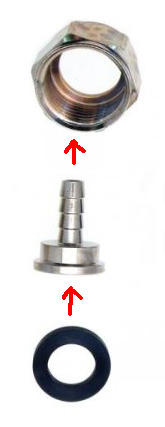Hi fellas,
So I've been scanning this forum for quite some time now in hopes of solving my foam woes on my own. I've tried several suggestions, increasing beverage line length, closely monitoring temps and PSI levels, all to no avail. Hoping there's some glaring problem I'm missing here that you boys can point out for me.
Here's the setup: I built a two keg keezer in hopes of running a commercial and a homebrew keg at the same time. Corny keg is currently dispensing seltzer water (keeping the wife happy) but I'm on my 3rd D coupler commercial keg, each of which has had massive foam issues and I'm out of ideas. I increased beverage line length to 10 feet of 3/16 thick walled line coiled on top of the keg, fiddled with temperature settings until I've got a steady 38 at the top of the keg, and have tried a range of keg pressures from ~5-~15psi (I went that high in hopes of keeping CO2 in solution in the line). Foam is still every pour at 10 psi so I know it's not a tower cooling issue. If anyone has a bright idea I'd appreciate it!
~Jeremiah
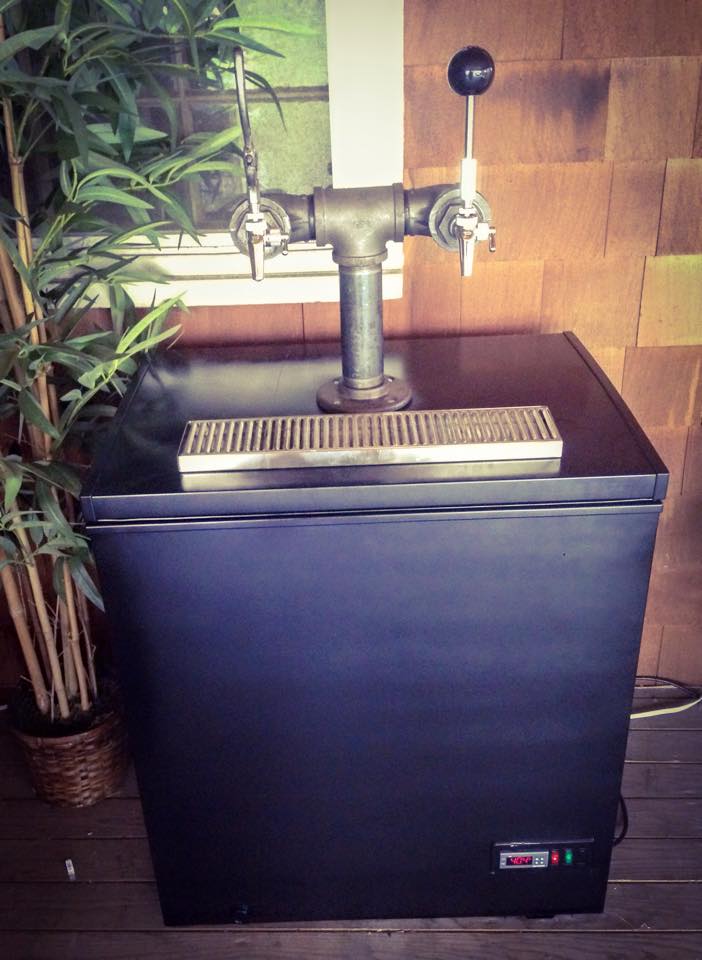
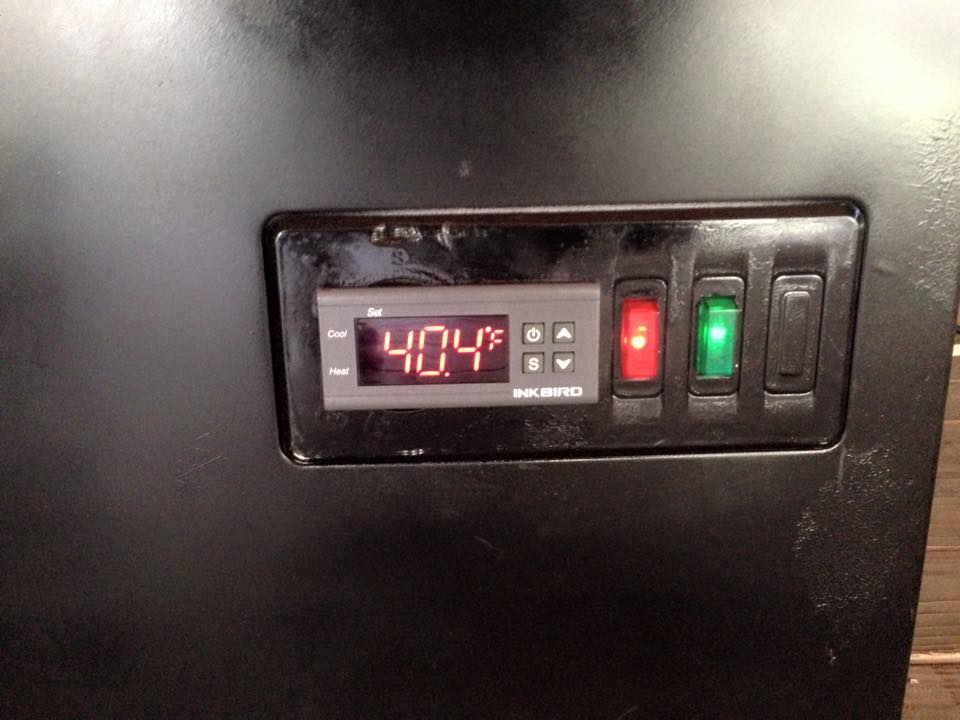
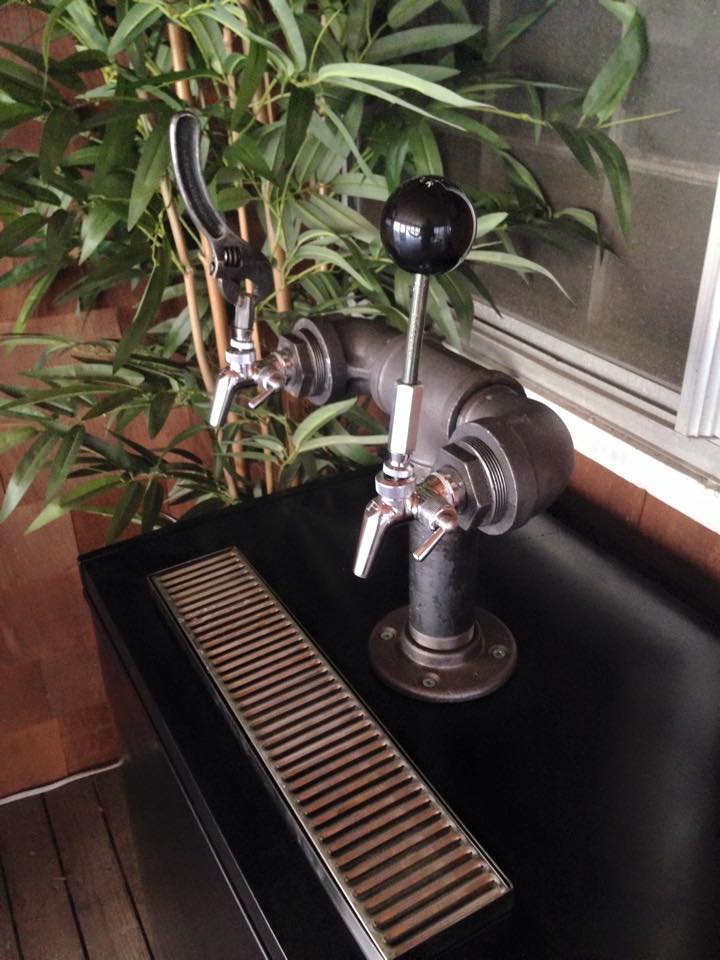


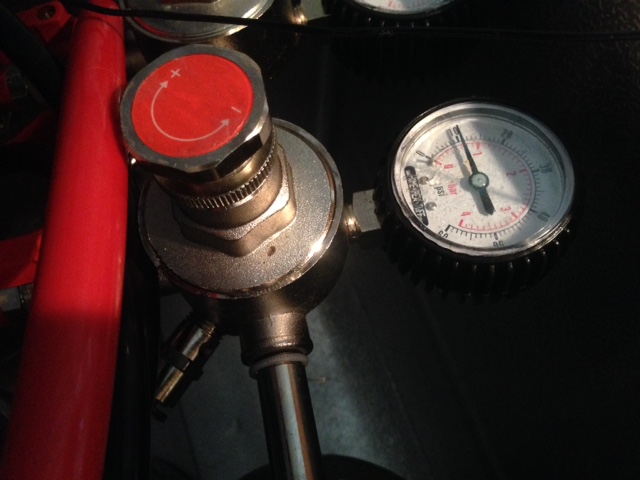

So I've been scanning this forum for quite some time now in hopes of solving my foam woes on my own. I've tried several suggestions, increasing beverage line length, closely monitoring temps and PSI levels, all to no avail. Hoping there's some glaring problem I'm missing here that you boys can point out for me.
Here's the setup: I built a two keg keezer in hopes of running a commercial and a homebrew keg at the same time. Corny keg is currently dispensing seltzer water (keeping the wife happy) but I'm on my 3rd D coupler commercial keg, each of which has had massive foam issues and I'm out of ideas. I increased beverage line length to 10 feet of 3/16 thick walled line coiled on top of the keg, fiddled with temperature settings until I've got a steady 38 at the top of the keg, and have tried a range of keg pressures from ~5-~15psi (I went that high in hopes of keeping CO2 in solution in the line). Foam is still every pour at 10 psi so I know it's not a tower cooling issue. If anyone has a bright idea I'd appreciate it!
~Jeremiah










